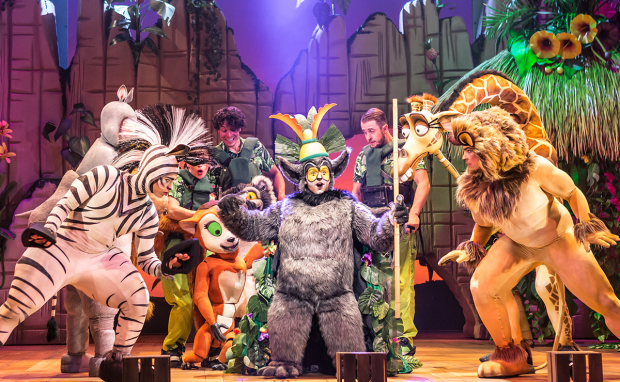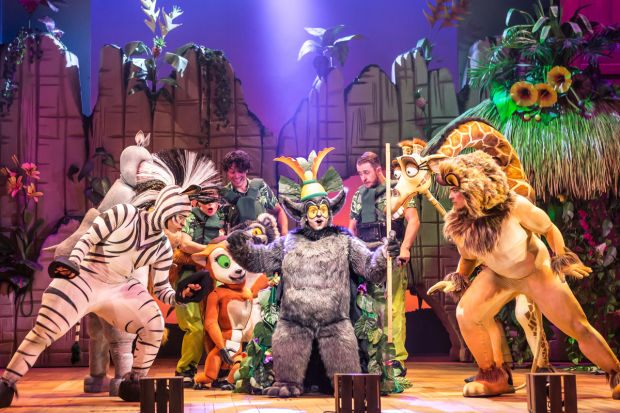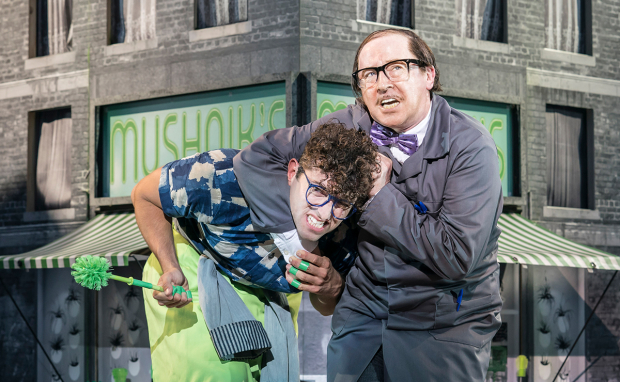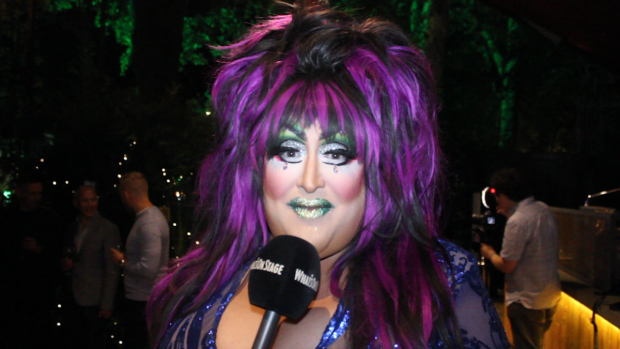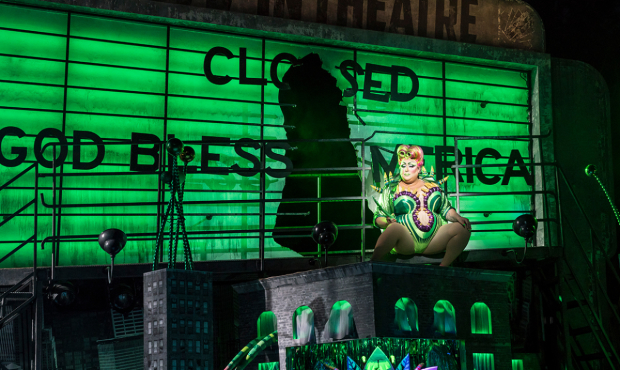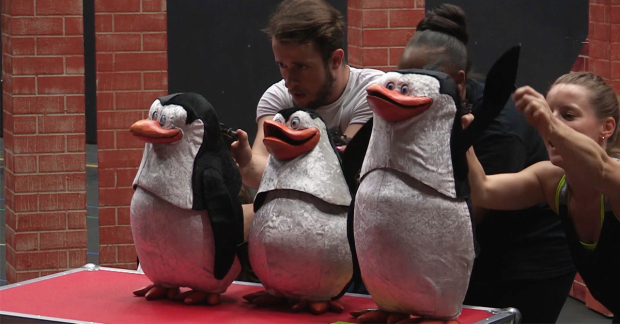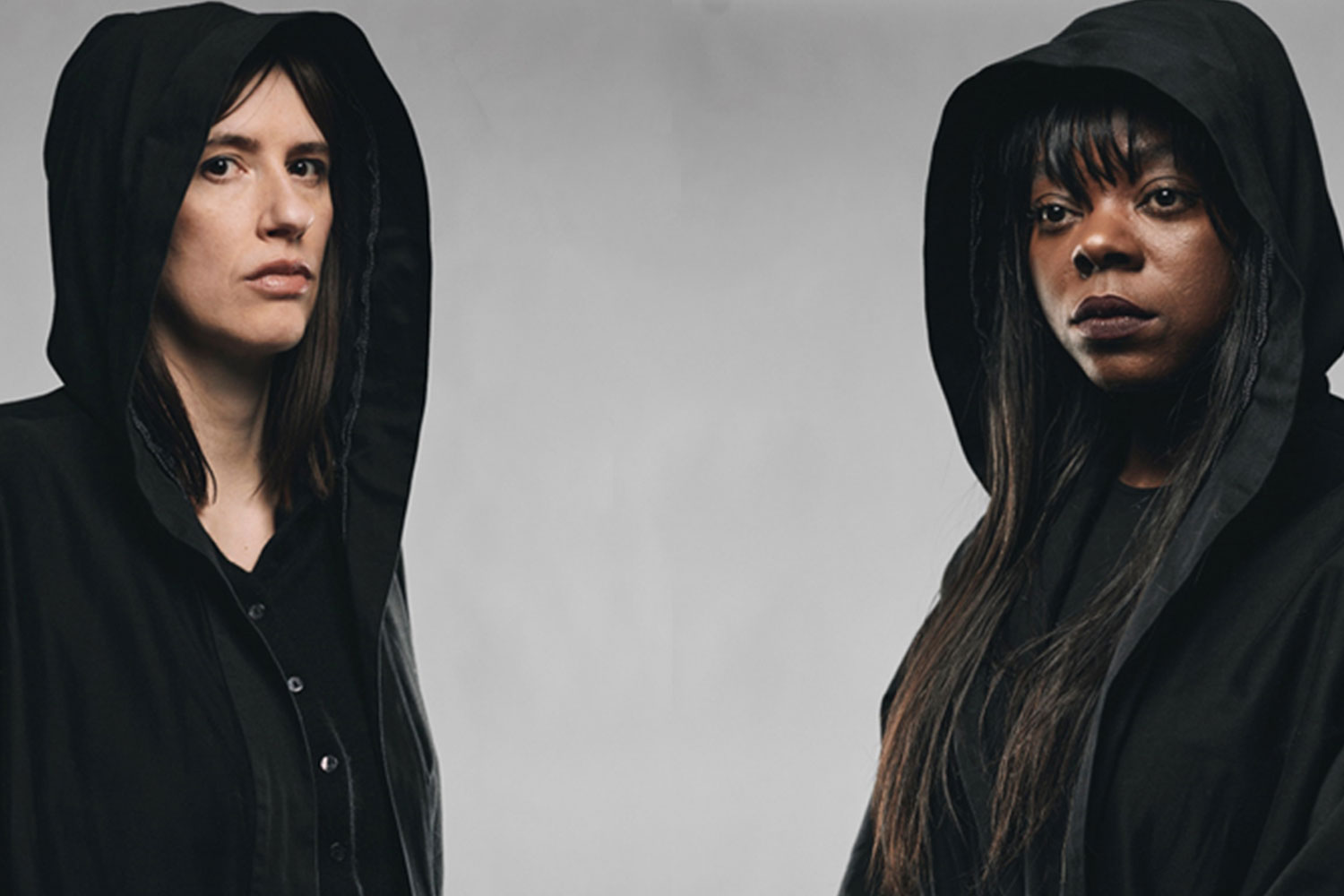Max Humphries on why designing dinosaurs is a family affair
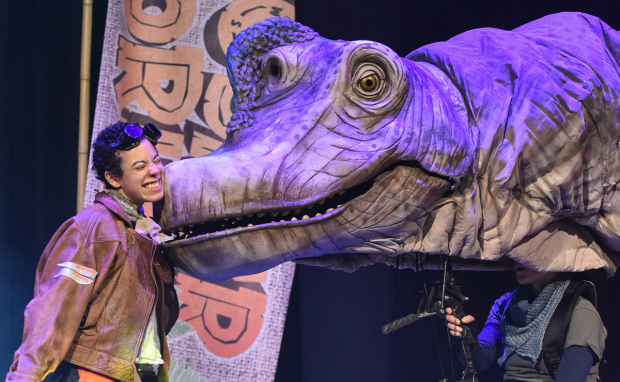
© Robert Day
Puppet designer Max Humphries is having a dream month – his work on Little Shop of Horrors at the Open Air Theatre has been wholeheartedly commended, as has the new touring production of Madagascar the Musical, for which he helped create some of the iconic characters. But he's also got another show, Dinosaur World Live, which has been touring across the UK and arrives at the Open Air Theatre this week. Max explains his inspirations for the show, his passion for the Jurassic and how such large beasts are handled by the cast.
My pitch for the show was to have a mix of the classically known and new dinosaurs – so you have the ones the Victorians made famous like Triceratops or T-Rex but you also have some of my favourites and less well-known like Segnosaurus and Microraptor.
One secret weapon that I had is the fact that my dad was a paleontological book artist for years, so I grew up surrounded by dinosaurs and could sometimes check in with him while doing sketches for the show to work out dinosaur anatomy.
My specialism is working out how to construct the dinosaurs from the sketches. I work from the inside out – think about what we want the creature in question to do before we then create the skeleton for the dinosaur. Then we lay on the sculpt – the outside of the puppet comes last. We don't really know what it's going to look like until we've worked out how it's going to move.
You can also find a lot of real-life comparisons – you can compare the bone structures of elephants and triceratops for example and then work out where the weight is distributed and how the movement occurred. The thing we always remembered is that, despite the fact they are extinct, a lot of dinosaurs have evolved into birds now, so we use a lot of bird movements in the show.
We also really wanted to avoid a sense of the uncanny valley – where something is so realistic it becomes unnerving. Our dinosaurs look like puppets but move like dinosaurs – more organic than animatronic. You have to admit to the audience that these are puppets, rather than too perfect.
The most important factor is the weight of the puppets and how the animals are handled – there are only four puppeteers on rotation so keeping their strength up is very important. We use a lot of aluminium and foam – there're no electronics involved, everything is people-powered and very traditional. We're using levers and cogs and cables but still with a grand sense of scale.
I've loved making a family-friendly show for all ages – with the big spectacle but also smaller, more tranquil bits. It's safe to say most five year-olds (as opposed to most adults) can name forty dinosaurs. They're real specialists.
What's also been great is that with both this and Little Shop, I'll basically have a B-movie double bill at the Open Air Theatre over the next few weeks – dinosaurs in the morning and giant carnivorous plants in the evening!



